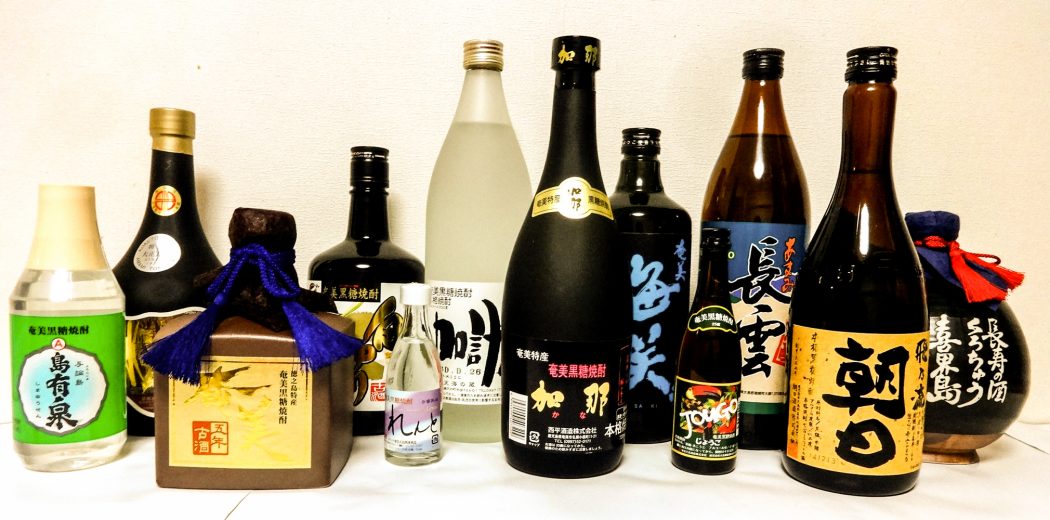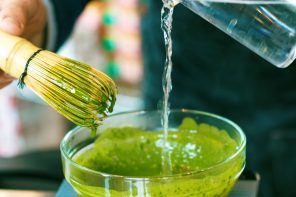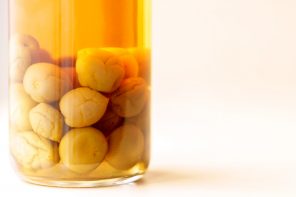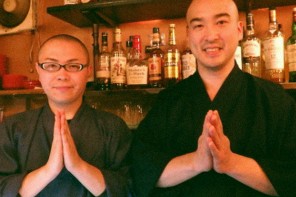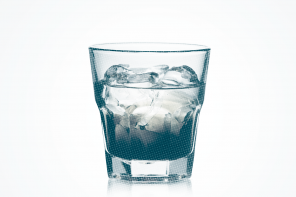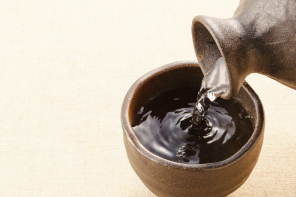Ask most people to choose their favorite Japanese liquor, and the unanimous response will most likely be “sake.” Ask people to choose their second favorite Japanese liquor, and the unanimous response will most likely be “sake?”
The rice-based beverage reigns supreme (and for good reason – what better to pair with a sushi night?), but its popularity has not been without victims. Shochu is sake’s oft-forgotten cousin, at least outside of Japan. Within the country, it outpaces sake consumption and has seemingly limitless forms and iterations.
What is shochu?
Aside from being one of the liquors you didn’t know you loved, shochu is distilled and can be made from ingredients including, but not limited to, sweet potato, barley and rice. Not surprisingly, the base material will contribute to the liquor’s ultimate profile: rice will yield something lighter, while potatoes will be earthy. Commonly known as “Japanese vodka” — though some would argue the term is misleading as experts recommend enjoying a single-distilled shochu to retain the most powerful flavors.
Vodkas, in contrast, are often distilled multiple times. Shochu also has a lower alcohol content ranging between 25 and 30 percent, though this can spike to over 40 if it is distilled more than once. As shochu is typically mixed with cold or hot water, the alcohol content decreases to between 12 and 15 percent.
How is shochu made?
First, the base ingredient must undergo a process called “saccharification,” where starch is converted into the sugary necessary to produce alcohol. A fungus called KOJI — either white, yellow or black varieties, depending on the desired final product — is added. Water and yeast is added to the sugars to create the alcohol. Once fermented, all that’s left is the distilling process.
Another key difference is that while sake is intended to be drunk within the year, shochu matures well. One to three months is standard, but it can be aged for up to ten years and, similar to wine, the vessel in which the aging occurs affects the final taste and aroma. If you’re particular about your shochu, be aware that aging can take place in everything ranging from earthenware pots to oak casks to stainless steel tanks.
How should I drink shochu?
By booking a ticket to Japan. If a spontaneous booze-tasting trip isn’t in your budget, head to the nearest liquor store or see if you can order some online. Honkaku shochu (meaning “authentic” shochu) will be the best: single-distilled, traditional and easy to drink.
You can also enjoy it in cocktails, where multi-distilled shochu is more often used, or enjoy it on the rocks, which will give you full access to the flavor profile. Combining with cold or hot water (if you do end up heading to Japan, ask for an oyuwari, or shochu with hot water) is a traditional option. Making it at home? Add the hot water first, and then the liquor.
Of course, no good liquor is truly complete without good food. How you pair your nibbles with your shochu will depend on what the drink’s base is. Sweet potato shochu (Imo) is sweeter, making it a great partner for fried foods, Japanese cuisine and even pizza. Barley shochu (Mugi) is fresher, and while it’s meant to accompany any dish, it will be best suited by simpler options, like smoked salmon or vegetables. Rice shochu (Kome) is just as versatile, but try it with sashimi — and prepare for a new era of sushi nights.

